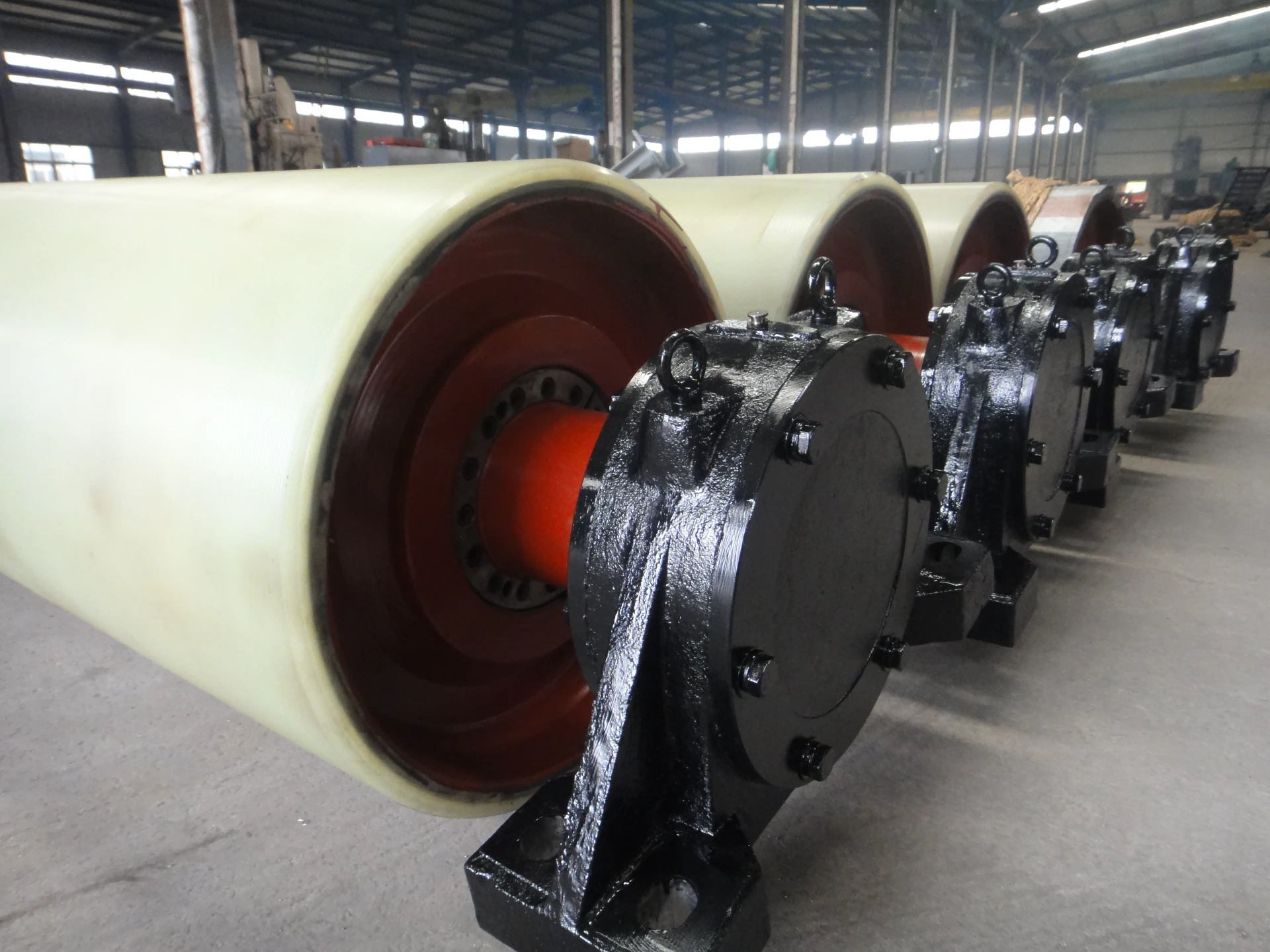 Afrikaans
Afrikaans  Albanian
Albanian  Amharic
Amharic  Arabic
Arabic  Armenian
Armenian  Azerbaijani
Azerbaijani  Basque
Basque  Belarusian
Belarusian  Bengali
Bengali  Bosnian
Bosnian  Bulgarian
Bulgarian  Catalan
Catalan  Cebuano
Cebuano  Corsican
Corsican  Croatian
Croatian  Czech
Czech  Danish
Danish  Dutch
Dutch  English
English  Esperanto
Esperanto  Estonian
Estonian  Finnish
Finnish  French
French  Frisian
Frisian  Galician
Galician  Georgian
Georgian  German
German  Greek
Greek  Gujarati
Gujarati  Haitian Creole
Haitian Creole  hausa
hausa  hawaiian
hawaiian  Hebrew
Hebrew  Hindi
Hindi  Miao
Miao  Hungarian
Hungarian  Icelandic
Icelandic  igbo
igbo  Indonesian
Indonesian  irish
irish  Italian
Italian  Japanese
Japanese  Javanese
Javanese  Kannada
Kannada  kazakh
kazakh  Khmer
Khmer  Rwandese
Rwandese  Korean
Korean  Kurdish
Kurdish  Kyrgyz
Kyrgyz  Lao
Lao  Latin
Latin  Latvian
Latvian  Lithuanian
Lithuanian  Luxembourgish
Luxembourgish  Macedonian
Macedonian  Malgashi
Malgashi  Malay
Malay  Malayalam
Malayalam  Maltese
Maltese  Maori
Maori  Marathi
Marathi  Mongolian
Mongolian  Myanmar
Myanmar  Nepali
Nepali  Norwegian
Norwegian  Norwegian
Norwegian  Occitan
Occitan  Pashto
Pashto  Persian
Persian  Polish
Polish  Portuguese
Portuguese  Punjabi
Punjabi  Romanian
Romanian  Russian
Russian  Samoan
Samoan  Scottish Gaelic
Scottish Gaelic  Serbian
Serbian  Sesotho
Sesotho  Shona
Shona  Sindhi
Sindhi  Sinhala
Sinhala  Slovak
Slovak  Slovenian
Slovenian  Somali
Somali  Spanish
Spanish  Sundanese
Sundanese  Swahili
Swahili  Swedish
Swedish  Tagalog
Tagalog  Tajik
Tajik  Tamil
Tamil  Tatar
Tatar  Telugu
Telugu  Thai
Thai  Turkish
Turkish  Turkmen
Turkmen  Ukrainian
Ukrainian  Urdu
Urdu  Uighur
Uighur  Uzbek
Uzbek  Vietnamese
Vietnamese  Welsh
Welsh  Bantu
Bantu  Yiddish
Yiddish  Yoruba
Yoruba  Zulu
Zulu Benefits of Using Rubber Lagging for Conveyor Rollers in Industrial Applications
The Role of Rubber Lagging Rollers in Industrial Applications
In various industrial applications, conveyors play a crucial role in the efficient transportation of materials. Among the components that enhance the performance and longevity of these systems are rubber lagging rollers. Rubber lagging refers to the process of applying a layer of rubber to the surface of a roller, which provides significant benefits in terms of grip, durability, and wear resistance.
Understanding Rubber Lagging Rollers
Rubber lagging rollers are primarily used in conveyor systems across multiple industries, including mining, manufacturing, agriculture, and logistics. These rollers are essential for ensuring the smooth operation of conveyor belts, reducing wear and tear, and minimizing the risk of slippage, which can lead to inefficiencies and potential damage to machinery.
The primary function of rubber lagging is to provide increased friction between the roller and the conveyor belt. This enhanced grip prevents slippage, particularly in applications involving heavy loads or wet conditions. The rubber layer also helps to absorb shock and vibration, which can extend the lifespan of the conveyor system and reduce maintenance requirements.
Types of Rubber Lagging
There are several types of rubber lagging options available, each designed for specific applications and environments. These include
1. Plain Rubber Lagging This is the most commonly used type, featuring a smooth surface that offers decent grip for standard applications. It is suitable for lighter loads and dry conditions.
2. Grooved Rubber Lagging This type features grooves that further enhance grip and allows for better drainage of water or debris. It is often used in environments where slippage is a significant concern, such as in mining operations.
3. Ceramic Lagging Combining the durability of ceramic tiles with the flexibility of rubber, ceramic lagging provides exceptional wear resistance, making it ideal for high-abrasion applications.
4. Woven Fabrics and Steel Reinforced Lagging These variations combine rubber with fabrics or steel for added strength and durability, suitable for heavy-duty applications.
Benefits of Rubber Lagging Rollers
rubber lagging roller

The adoption of rubber lagging rollers in conveyor systems brings numerous advantages. Some of the most notable benefits include
- Improved Traction Enhanced grip minimizes slippage, ensuring that materials are transported efficiently without delays or disruptions.
- Extended Equipment Life By reducing wear and tear on both the rollers and the conveyor belt, rubber lagging can significantly extend the lifespan of the equipment, leading to reduced replacement costs.
- Lower Noise Levels The rubber layer dampens vibrations, which not only decreases noise levels in the workplace but also enhances the overall working environment for employees.
- Shock and Impact Absorption Rubber lagging helps absorb shocks and impacts that may occur during material transport, protecting both the conveyor system and the materials being handled.
- Maintenance Reduction With enhanced durability and wear resistance, rubber lagging rollers require less frequent maintenance, freeing up resources and reducing operational downtime.
Applications in Various Industries
Rubber lagging rollers are widely employed across various sectors. In the mining industry, they play a vital role in transporting extracted materials. The abrasive nature of these materials necessitates robust solutions like ceramic lagging to withstand heavy wear.
In manufacturing, rubber lagging ensures the efficient transport of raw materials and finished products along assembly lines and packaging systems. Additionally, in agriculture, these rollers help in the movement of crops and other materials, particularly in wet conditions where slippage is a concern.
In logistics and warehousing, rubber lagging rollers facilitate the smooth movement of goods, ensuring that operations run smoothly and efficiently.
Conclusion
Rubber lagging rollers are an essential component of modern conveyor systems, providing significant benefits in terms of traction, durability, and maintenance. With various types available to suit different applications, their adoption across industries has revolutionized the way materials are transported. As industries continue to evolve, the role of rubber lagging rollers will undoubtedly remain crucial in enhancing operational efficiency and ensuring the longevity of machinery.
-
Revolutionizing Conveyor Reliability with Advanced Rubber Lagging PulleysNewsJul.22,2025
-
Powering Precision and Durability with Expert Manufacturers of Conveyor ComponentsNewsJul.22,2025
-
Optimizing Conveyor Systems with Advanced Conveyor AccessoriesNewsJul.22,2025
-
Maximize Conveyor Efficiency with Quality Conveyor Idler PulleysNewsJul.22,2025
-
Future-Proof Your Conveyor System with High-Performance Polyurethane RollerNewsJul.22,2025
-
Driving Efficiency Forward with Quality Idlers and RollersNewsJul.22,2025





























